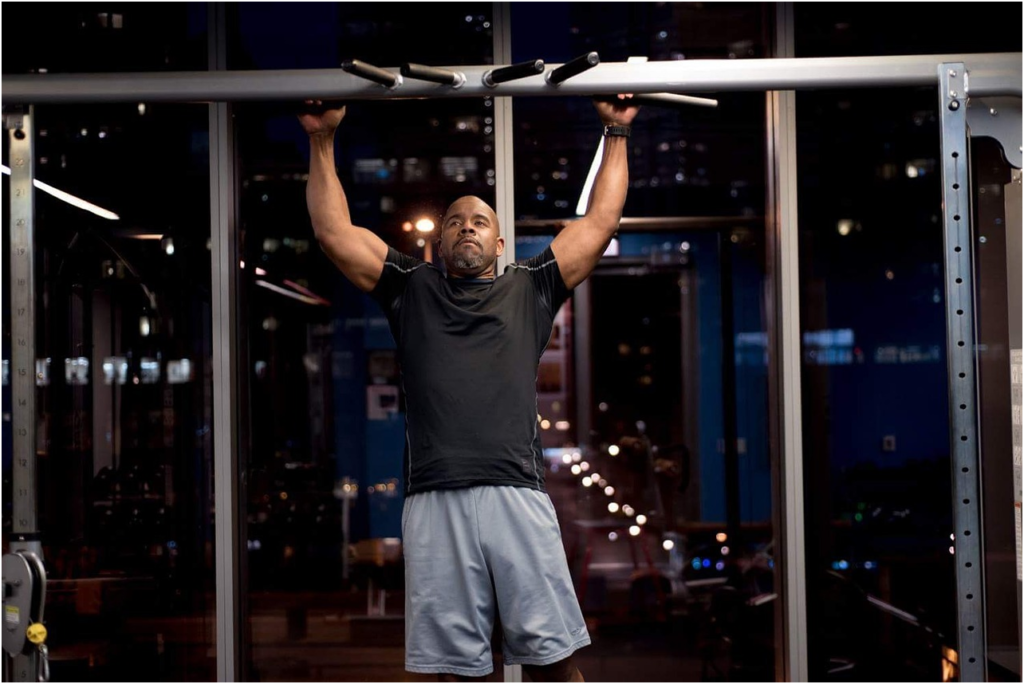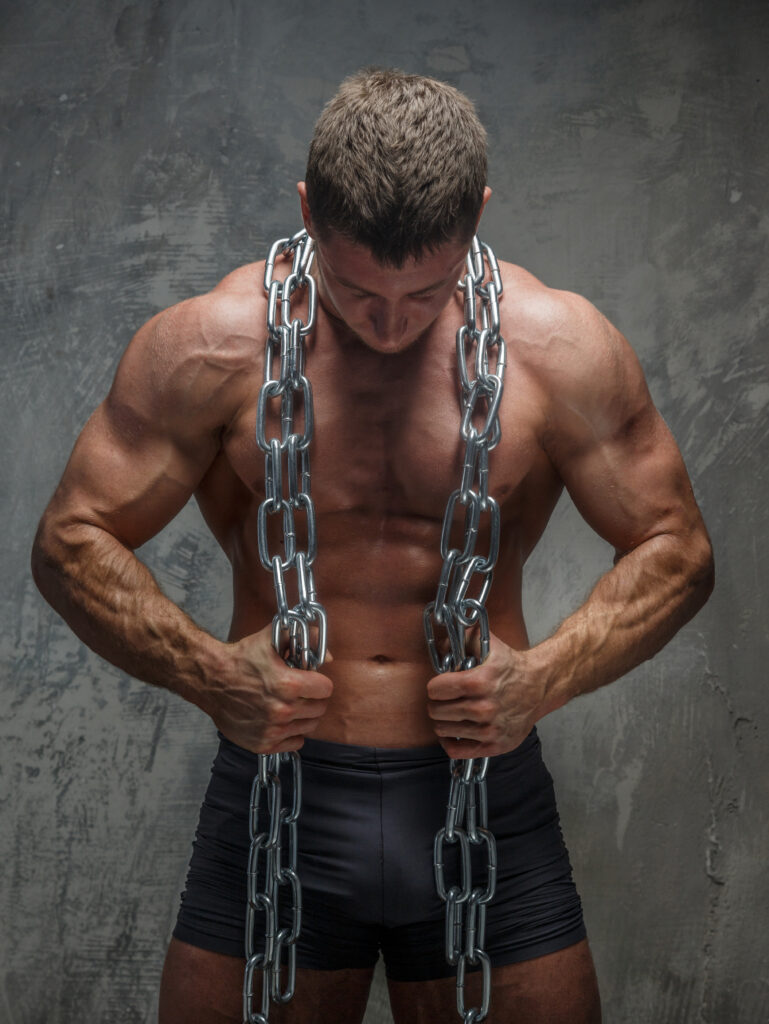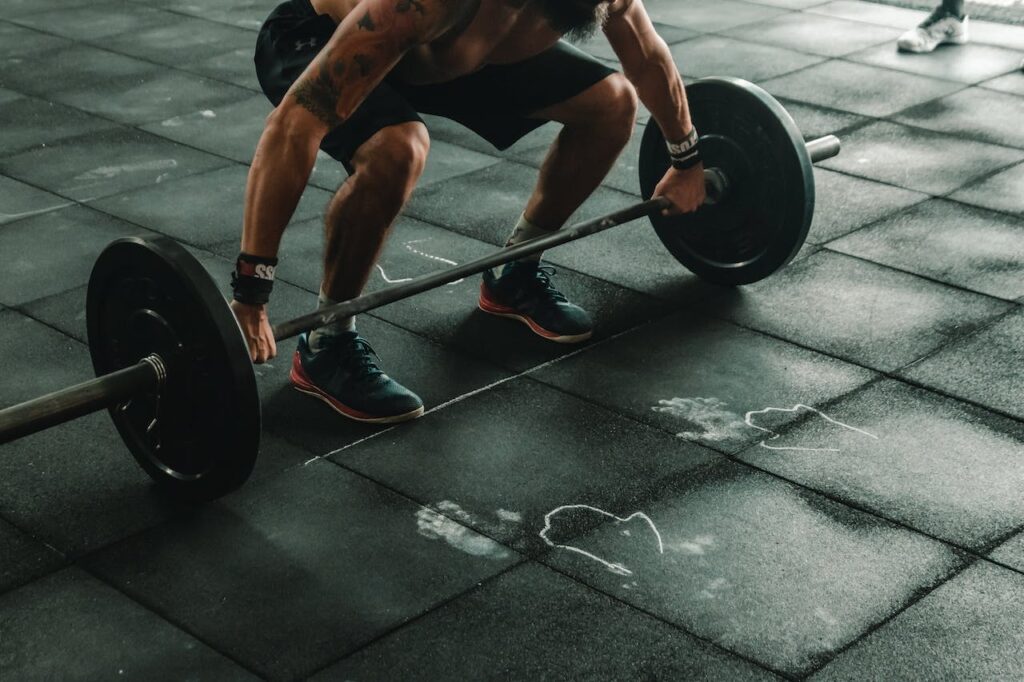Did you know that targeting your lower trapezius muscles can dramatically improve your posture, reduce shoulder injuries, and boost upper body strength? Despite being a crucial part of the back, this muscle group often gets overlooked in typical workout routines.
The lower trapezius plays a vital role in stabilizing the shoulders and improving scapular movement. Neglecting it can lead to poor lifting mechanics, shoulder impingements, and chronic discomfort. Strengthening this muscle is essential for anyone—from seasoned athletes like weightlifters and runners to individuals simply looking to improve their posture.
In this guide, we’ll dive into the best exercises for the lower trapezius to help you optimize your workouts, reduce injury risk, and develop a stronger, well-balanced physique.

Why the Lower Trapezius Is Important for Athletes.
The lower trapezius is part of the trapezius muscle group, which spans the upper back and plays a significant role in movement and stability. Strengthening this area brings several key benefits:
- Improves Posture:
The lower trapezius helps counteract slouching by pulling the shoulders back and down. This is especially important for individuals who spend long hours sitting at desks or using devices. - Prevents Shoulder Injuries:
Weak lower traps contribute to imbalances that can lead to conditions like shoulder impingement or rotator cuff issues. - Enhances Athletic Performance:
Strong lower traps stabilize the scapula, allowing for better force transfer during overhead movements like pressing or throwing. - Corrects Poor Lifting Mechanics:
Weakness in the lower traps can cause overcompensation by other muscles, increasing the risk of injury during weightlifting.
Best Exercises for the Lower Trapezius .
1. Prone Y-Raise
How to Perform:
- Lie face down on a bench or mat.
- Extend your arms overhead in a “Y” shape, thumbs pointing up.
- Lift your arms slowly while squeezing your shoulder blades together.
- Lower them back down in a controlled manner.
Benefits:
This exercise targets the lower trapezius directly and improves scapular stability. Use light weights or no weights to maintain proper form.
2. Face Pulls with External Rotation
How to Perform:
- Attach a resistance band or cable to a high anchor point.
- Hold the ends with both hands, palms facing each other.
- Pull the band towards your face, externally rotating your arms at the end of the movement.
- Return to the starting position with control.
Benefits:
Face pulls with external rotation emphasize the lower trapezius while improving overall shoulder health.

3. Dumbbell Shrugs with Retraction.
How to Perform:
- Hold a pair of dumbbells at your sides.
- Shrug your shoulders upward, then retract your shoulder blades as you lower them back down.
- Pause briefly at the top for maximum activation.
Benefits:
This variation activates the lower traps while improving scapular control.
4. Lat Pulldowns with Scapular Depression Focus.
How to Perform:
- Sit at a lat pulldown machine and grip the bar slightly wider than shoulder-width.
- Begin the movement by depressing your scapula (pulling shoulders down) before pulling the bar to your chest.
- Slowly return to the starting position.
Benefits:
Proper scapular depression ensures the lower traps are engaged throughout the movement.
5. Wall Angels.
How to Perform:
- Stand with your back against a wall, feet a few inches away.
- Flatten your lower back against the wall and raise your arms to form a “W.”
- Slowly raise your arms to a “Y” position, then return to the “W.”
Benefits:
This bodyweight exercise improves posture, mobility, and lower trapezius activation.
Tips for Incorporating Lower Trapezius Exercises into Your Routine
- Frequency: Train your lower traps 2–3 times per week for optimal results.
- Progress Gradually: Start with bodyweight exercises like Wall Angels and progress to resistance-based movements.
- Combine with Mobility Work: Stretch your chest and upper traps to prevent tightness that can inhibit lower trapezius activation.
- Pair with Upper-Body Workouts: Include these exercises in your back or shoulder workout sessions to maintain balance.

FAQs About Lower Trapezius Exercises.
How often should I train my lower trapezius?
You can train it 2–3 times per week. Focus on proper form and avoid overtraining, as the traps are part of many compound exercises.
Can these exercises help with back pain?
Yes! Strengthening the lower trapezius can improve posture and reduce strain on the lower back, alleviating discomfort over time.
Are these exercises suitable for beginners?
Absolutely. Start with low resistance or bodyweight movements like Wall Angels before progressing to more challenging exercises.
Will targeting my lower traps improve forward head posture?
Yes, as the lower traps pull the shoulders back and down, they counteract forward slouching, which contributes to forward head posture.
Conclusion:
Focusing on your lower trapezius muscles is essential for building upper body strength, improving posture, and preventing injuries. Whether you’re a seasoned athlete or a fitness beginner, incorporating these exercises for the lower trapezius into your routine will enhance your performance and overall physical wellness.
Start today—integrate these exercises into your routine and feel the difference in your posture, strength, and stability. A well-balanced, injury-resistant physique is within your reach!


